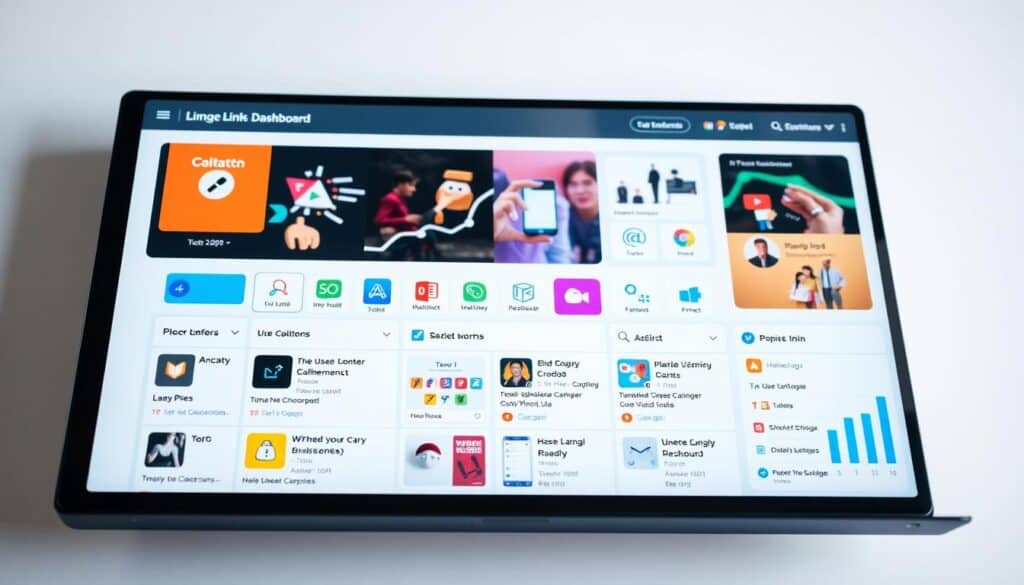Collecting Addresses Through a Address Collection Site
Collecting addresses can be a long and difficult task during the COVID outbreak. A centralized list will make gathering addresses for a wedding or other event much simpler.
Create a site with your personal URL. Share this link with your friends and family members to request their postal addresses, birthday info and phone numbers. Your new website will save all of this information for you, at no cost, limit or hassle.
Collecting addresses
The task of collecting addresses for weddings is essential. It can be done in a number of ways, both digitally and in traditional ways. A website is the most efficient way to gather and compile addresses. These websites are designed to be simple to use and are able to be shared with your family and friends to allow them to add their personal information online. You can then download all the data in a spreadsheet or CSV file at anytime. These sites are often free to use and never sell your address details or store it in any database.
One of the most well-known digital options is a site called Mailbook. The site allows couples to gather and organize all the information they need to create their invitations. Once you register for a free account with the service, you'll be provided with a unique link that you can share via email, text message or facebook. The link will prompt users to enter their email address and then save it in your personal contact list. The service also comes with several other features that make it an excellent option for couples looking to streamline their wedding planning process.
Another option for collecting and organizing addresses is an app that can be used on a tablet or smartphone. These apps can be used to design customized envelopes and labels to mail out invitations and thank you cards. The majority of these apps are available to download for free and include many different features that can be helpful in any wedding planning process.
There are several methods to collect addresses. Combining manual and digital methods is the most effective method to ensure that your guests receive an invitation. A centralized list of wedding addresses will not only help you organize your wedding but also allow you to communicate with vendors and complete other tasks that you have on your list.
Mobile Apps

Every mobile phone comes with a built-in address book app, often called "Contacts." The apps also include other tools that help manage personal information. Some have backup and synchronization capabilities which allow you to transfer content and contact information across different devices. Other apps offer unique features, like a social compass system that informs friends of each other's presence or a caller ID service that lets users exchange contact information with just a single click.
CircleBack (FreeCircleBack (Free) helps eliminate duplicate entries and improve contact information by automatically combining new data from social media accounts. The app also detects missing information, such as job titles, and alerts when an account has been updated on a different device.
Stat Trak Address Book (Free/ Windows) is a simple software application that allows you to store contact information as well as printing address books and labels. Its flexible features allow you to save additional information in notes and group information into categories. The software lets you recall contacts by their first or last names and provides birthday reminders. It can also analyze data and generate detailed reports, saving time by automating some tasks. The software provides multiple printing options for envelopes and address labels and envelopes, as well as a template feature to design your own designs.
Manual Methods
Addresses are a vital element of information that is used for administrative purposes, emergency response research and development and mapping, GIS, and routing and navigation. The addresses are collected by local authorities in the thousands and are stored in a variety of databases and records. They can be used for many different reasons. in the know and data types present unique challenges for the integration of these important files into central databases. Software programs can help parse and standardize this information to eliminate mistakes and duplicate entries and ensuring that the data is accurate and complete.
These programs are built on algorithms that make use of complex databases and structures like GeoPostcodes to verify the accuracy of addresses and provide a of the data's consistency and accuracy. The data is then incorporated into the CSDGM to form a single file. The program can also check and check the file against authoritative databases to confirm that it is correct and up-to-date.
They are costly to set up and maintain, yet they provide important functionality. These programs are difficult to use or implement in large organizations or by the general public. They may also be susceptible to bugs or errors, which can lead to inconsistent or incomplete data.
There are a few standards that can be used to support data related to addresses, such as the Content Standard for Digital Geospatial Metadata(CSDGM), OpenGIS Simple Features Specification For SQL Revision 1.1 and the Geographic Information Data Model(OGDM). The OGC has a number of other standards that are more focused on the data associated with addresses however, they do not consider quality information or reporting.
The OGC has developed three standards: ISO 19113, 19114, SDTS. These standards are focused more on the transfer and description of address-related information. These standards contain tests of content for the various uses of this type of metadata and ways to evaluate and report on the quality of the data.
The most common method for recording and storing address data is to use a database. It can be as straightforward as a spreadsheet, or more sophisticated tables and data structures. It's a flexible and widely-used tool however it can be challenging to establish and manage, particularly in large companies with many users.
